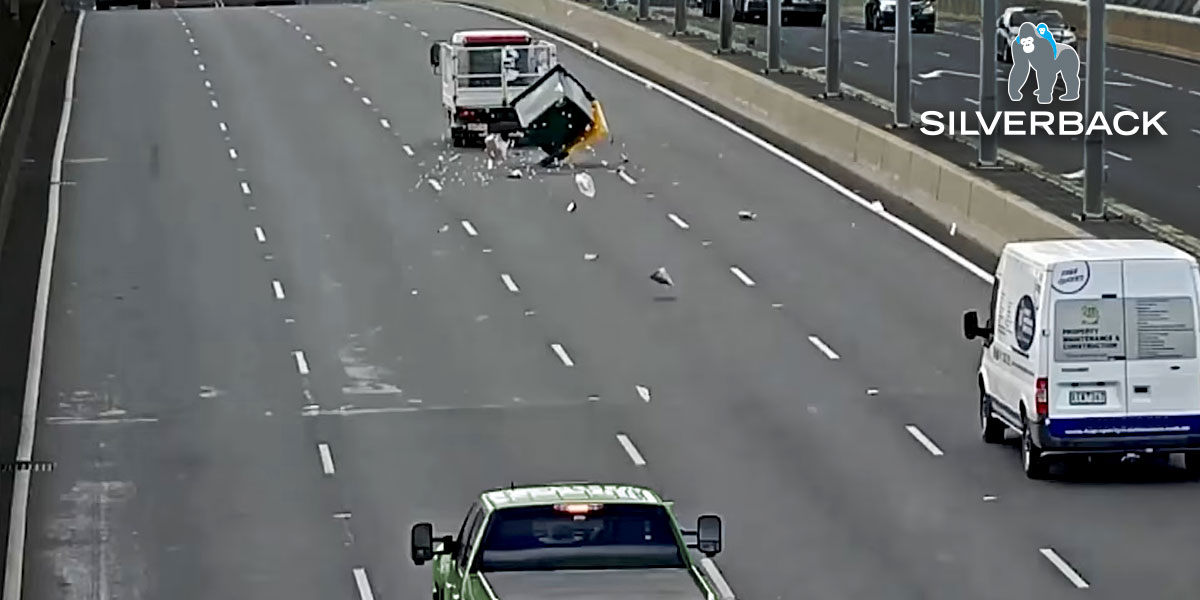
|
Silverback |
|---|
When transporting goods, it is essential to secure your load to prevent potential danger to yourself and other drivers on the road. Loose loads can cause serious accidents and are considered an offence under the Heavy Vehicle National Law if not properly restrained.

Around Australia, unsecured loads have caused tonnes of debris to fall onto roads, resulting in road closures, disruptions, and even severe crashes. In Victoria alone, over 80 tonnes of debris are removed from Victorian roads each month, and 700 callouts are used to collect debris each year.
Unsecured loads can pose a significant risk to people and property. To avoid any potential danger and prevent legal repercussions, it is essential that you properly restrain your load with the correct equipment. Even if your load doesn't come loose, fines for unsecured loads can be severe.
There are three risk categories with varying fines, and the penalties differ between regular drivers and companies. Fines vary per state, but as a guide, fines in Victoria range from:
To carry a load safely, you should choose a suitable vehicle, position and place the load securely, select suitable restraint equipment, and adjust your headlights if necessary.
Regularly check your restraints and drive carefully to prevent any potential danger. Different loads should be transported differently, and how you carry a load will depend on the load itself.
Bundle similar items in a more stable single unit and use restraints when packing wooden boards. Ropes can be difficult to keep tight across your load, so when available, use webbing straps, as they can be more effective and are simple to use.
Nets and tarpaulins may be used to restrain lighter items. Loose sheets of building materials may be restrained by fitting them tightly in trays and then securing them properly with restraints.
It is also essential to ensure that heavy items are not loaded on top of lighter items and that most headboards and loading racks are not strong enough to restrain heavy loads fully. Use metal or polyurethane plastic chain knuckles or heavy-duty plastic pallet angles to protect cartons. High and narrow items, such as stacks of smaller cartons, usually need more than one restraint.
To protect the safety of truck operators and warehouse personnel, a load angle placement tool is a great OH&S innovation. Pallet angle tools help avoid accidents, falls and injuries by stopping the need to climb on a loaded truck trailer. Their telescopic design makes it easy to reach high loads from the safety of the ground.
Fill spaces and gaps between piles with other items, such as flute-board or dunnage bags and make sure these are also restrained.
When securing your valuable products, security is paramount. Engage tamper-proof technology such as security seals that can withstand tampering attempts.
By following these guidelines, you can ensure your load is secure and can be transported safely without any potential danger or legal consequences.
Different loads should be transported differently. You can do general checks, but how you carry a load will depend on the load itself.
For additional information, please refer to the Load Restraint Guide 2018. Individual sections can also be found on the National Transport Commission website.